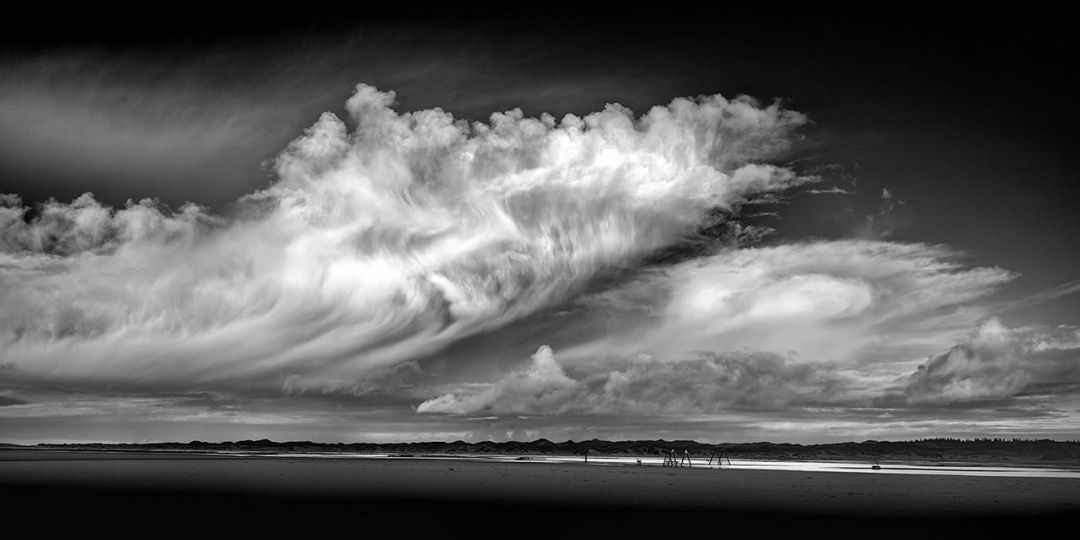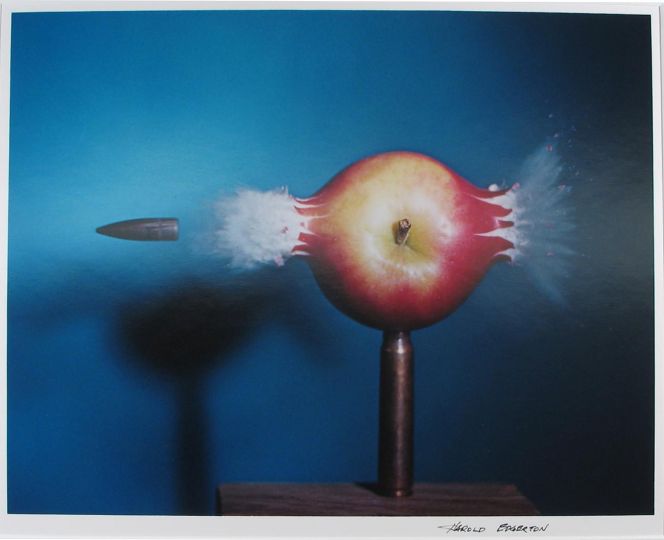Nature Morteis one of the best galleries for photography and contemporary art in Delhi. In Niti Bagh, near Gulmohar Park, we spoke with its director, Peter Nagy.
What’s the story behind the gallery ?
P. Nagy : I came to India for the first time in 1990. In 1988, I closed my New York gallery and decided to move to Delhi, where I curated the exhibition India: Celebration of Independence, 1947-1997 for India. At the time, I was organizing other exhibitions throughout Delhi.
Modern and contemporary painting began to find an audience in India starting in the 1990s. The market for photography didn’t really exist yet, because it still wasn’t viewed as separate art form. Galleries only really started to exhibit photography in 2003 – 2005.
For my part, starting in 1999, I exhibited Dayanita Singh’s Family Portraits, Pushpamala N.’s work in 2003 and 2005 with Native Women of South India, and Bharat Sikka’s Space-in-between (2005), The Road to Salvador do Mundo (2009) and Matter (2012).
In 2003, I opened my own space here in Niti Bagh, in the heart of Delhi. I mainly exhibit established artists with international recognition. I leave the discovery of young artists to other galleries.
What can you tell us about the photography market in India ?
P.N : The photography market in India thrived from 2003 to 2007, but it still hasn’t recovered from the crisis. Today it’s difficult to sell photographs, even if they are more affordable than painting or sculpture.
And collectors are still quite conservative. They mainly want “pretty pictures.” Landscapes are very popular. For example, collectors loved Bharat Sikka’s work on Goa, The Road to Salvador Mundo. And Dayanita Singh’s historic interior series Dream Villa was well received. Portraits are hard to sell. Why buy a photograph of strangers? That’s what they tell me!
And elsewhere?
P.N : There’s a real market for Indian photography in Europe. For the past several years, museums and cultural institutions across Europe have organized exhibitions devoted to contemporary Indian art and photography: in Manchester in 2002, at the Ecole des Beaux-Arts in Paris in 2005, at the Rencontres d’Arles in 2007, in Barcelona and Vitoria, at the Whitechapel Gallery in London, then at the Fotomuseum in Winterthur in 2010, which covered the past 150 years of photography in India, Pakistan and Bangladesh. Last year, the Centre Pompidou had Paris-Delhi-Bombay, and London, Oslo and Lyon hosted the traveling exhibition Indian Highway, which will be at the Arken Musem in Copenhagen this year.
So, yes, Indian photographers and artists are well represented in Europe. But there’s also a market for them in the Far East, in Korea, Singapore, Taiwan, Japan and Australia. The Indian diaspora is very active in these countries and they buy Indian art.
Is there anything else you would like to share with our readers?
P.N : Dayanita Singh will represent Germany at the next Venice Biennale.
This interview has been edited and back-translated into English from the French. Peter Nagy’s responses do not necessarily represent his actual words.
















